Artificial intelligence is redefining our understanding of art by blurring the line between human expression and machine-generated creations. Artists and the public have polarized opinions about all content generated with artificial intelligence.
How does the evolution of AI affect the value of traditional artistic expression, which has been fundamentally defined as «purely human creation» for centuries?
In the words of audiovisual artist Refik Anadol, «Any android or AI machine is only intelligent as long as we collaborate with it. It can construct things that human intelligence intends to produce, but it does not have the capacity to do so.»
Human beings use artificial intelligence to recreate our deepest experiences or human memories, and transform them into forms of artistic expression. Through this technology, we explore new ways of understanding and expressing our past, bringing memories and emotions to life in ways we have never seen before.
What gives value to art?
Artistic expression is valued because it allows individuals to communicate emotions, ideas, and experiences in a way that transcends cultural and linguistic barriers. Through art, we can explore and share unique visions of the world. Additionally, art connects people on an emotional level, generating empathy and understanding across different cultures. It reflects the identity of a community or nation, preserving its history and traditions. By addressing social and political issues, art can drive change and reflection.
At the intersection of art and AI, concerns arise about the authenticity of art created through AI. However, this convergence can be viewed as a continuation of the evolution of artistic innovation. Throughout history, new technologies have influenced and shaped artistic expression. Does the use of AI alter the essence of the creative process, or is it simply the latest evolution in a long history of artistic transformation?
A historical connection

The use of artificial intelligence in art may now be more visible and prominent, but its application is not new. For decades, artists have experimented with forms of AI in their work and have reflected on its implications.
For instance, artist Vera Molnár, a pioneer in generative art, began experimenting with early programming languages in 1968 to produce randomly generated graphic material. Her innovative geometric creations are part of major museum collections and have significantly impacted the development of this artistic movement.
This historical connection between art and artificial intelligence establishes a broader context for the current discussion on AI’s impact on art and how artists continue to explore new forms of expression and creativity through this technology.
Intent and medium: The dichotomy in art

When it comes to art appreciation, there is a distinction between the medium and the intent: the materials and techniques used to create a work versus the purpose or message the artist wishes to convey. Both aspects influence the perception and value of a work.
On one hand, authenticity may be seen as rooted in the medium, shaping the viewer’s aesthetic experience and the artist’s expressive possibilities. On the other hand, I believe authenticity primarily resides in the creator’s intent. An artist who uses AI to bring their vision to life is engaging in a genuine creative act, integrating new tools into their process.
The controversy around AI arises when the tool is placed above the artist’s role in the creative process, blurring the boundaries of «genuine authorship» and potentially diminishing the value of the work. Critics argue that excessive reliance on AI can lessen the influence of the human touch in art.
Despite these debates, AI-produced art remains a form of human expression, stemming from the interaction between the artist’s creativity and technology, whether digital or analog. This synergy between the artist and AI opens new avenues for innovation and creative exploration, enriching the artistic experience for everyone.
New Creative Codes
As the use of artificial intelligence becomes more evident in the creative process of artists, questions arise about the authenticity of their work. This convergence should be seen as a natural continuation of the evolution of human artistic innovation. Throughout history, new technologies such as photography, film, and digital media initially sparked controversy but ultimately transformed artistic expression in significant and widely accepted ways.

We are now at a pivotal point in this evolution, where AI challenges traditional notions of creativity».
As a linguist, I am excited about the potential of generative AI in various fields. At the same time, I advocate for its responsible use to achieve genuine digital transformation. Instead of questioning the authenticity or value of art created with generative AI, we should explore how to integrate these new tools, much like artists have embraced other innovations throughout history.
While there may be uncertainty in entering a new era of AI-assisted artistic creation, it is essential to harness the synergy between human talent and technology to open up a universe of creative opportunities. By doing so, we can create a new vision of art and foster innovation in ways never before imagined.
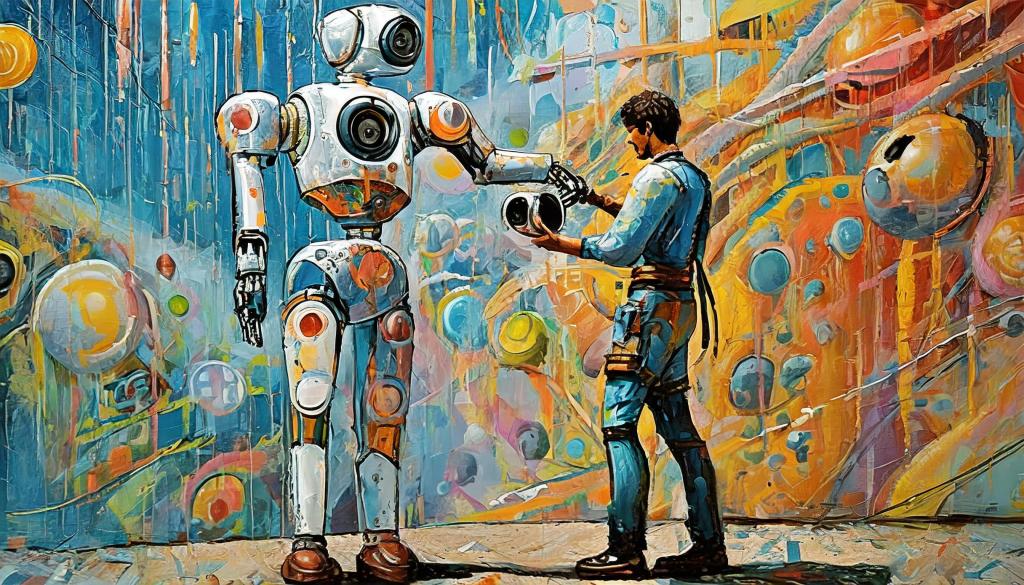
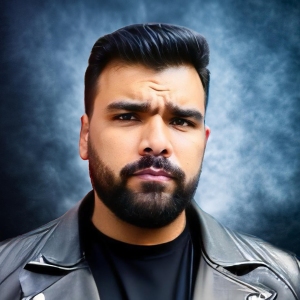

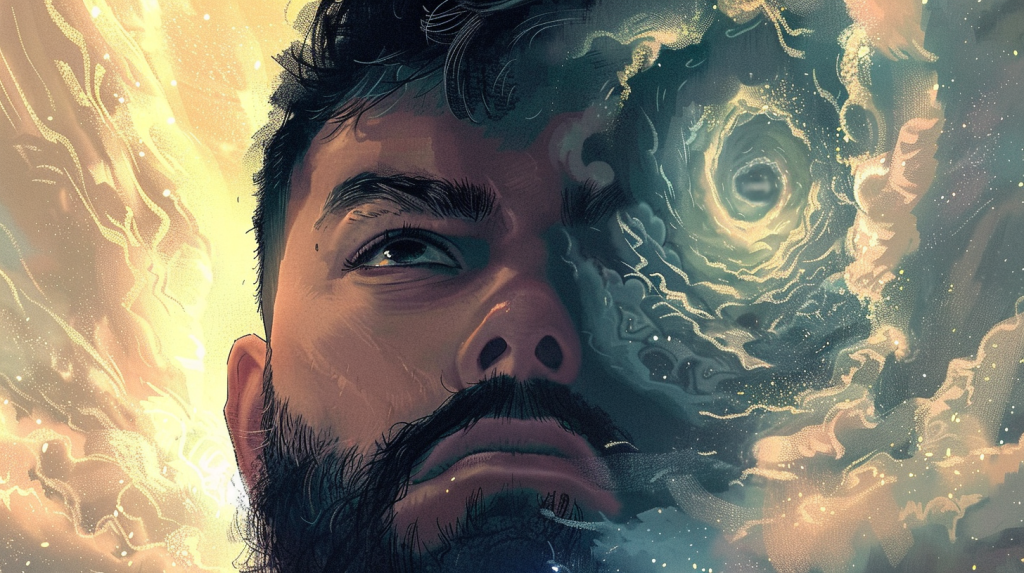
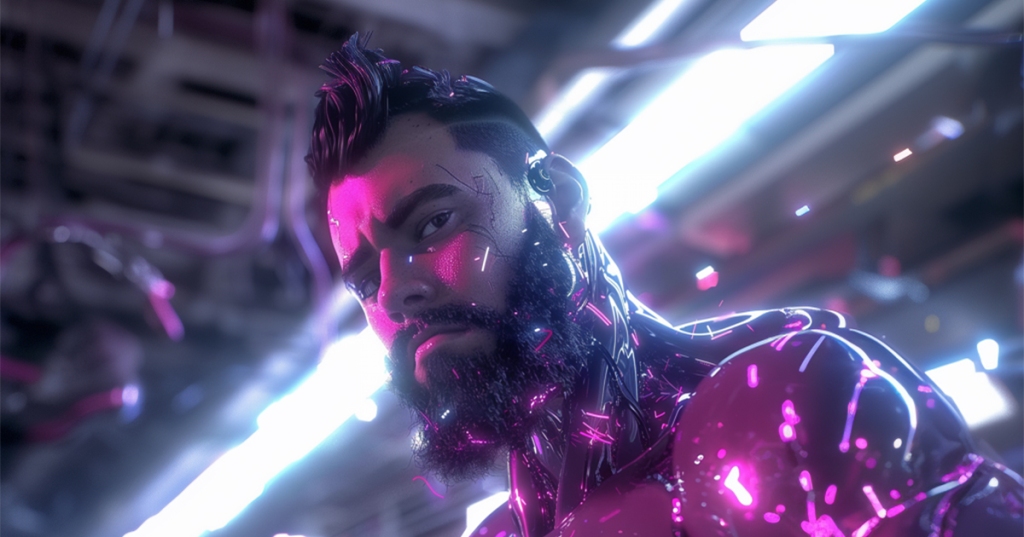
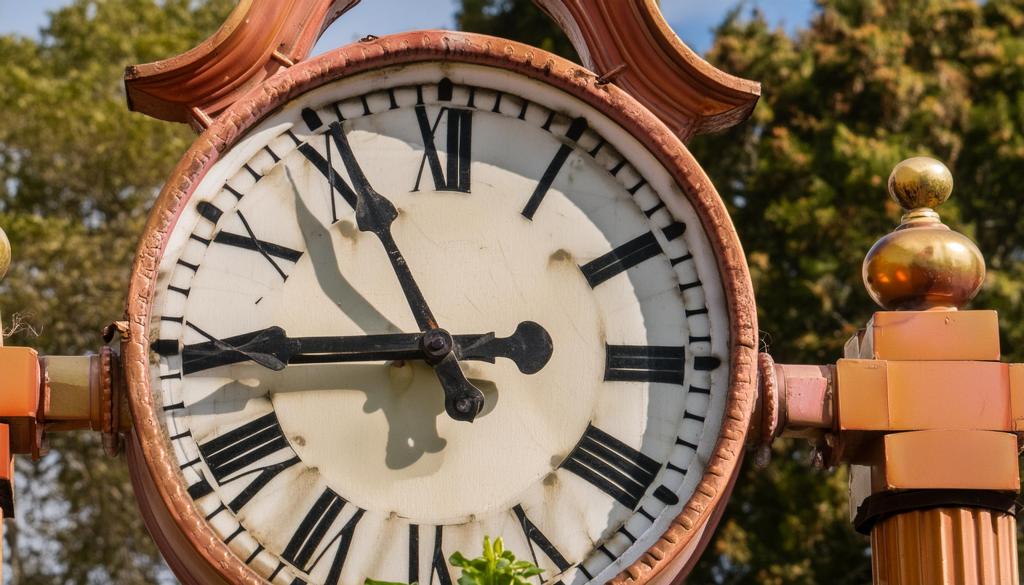
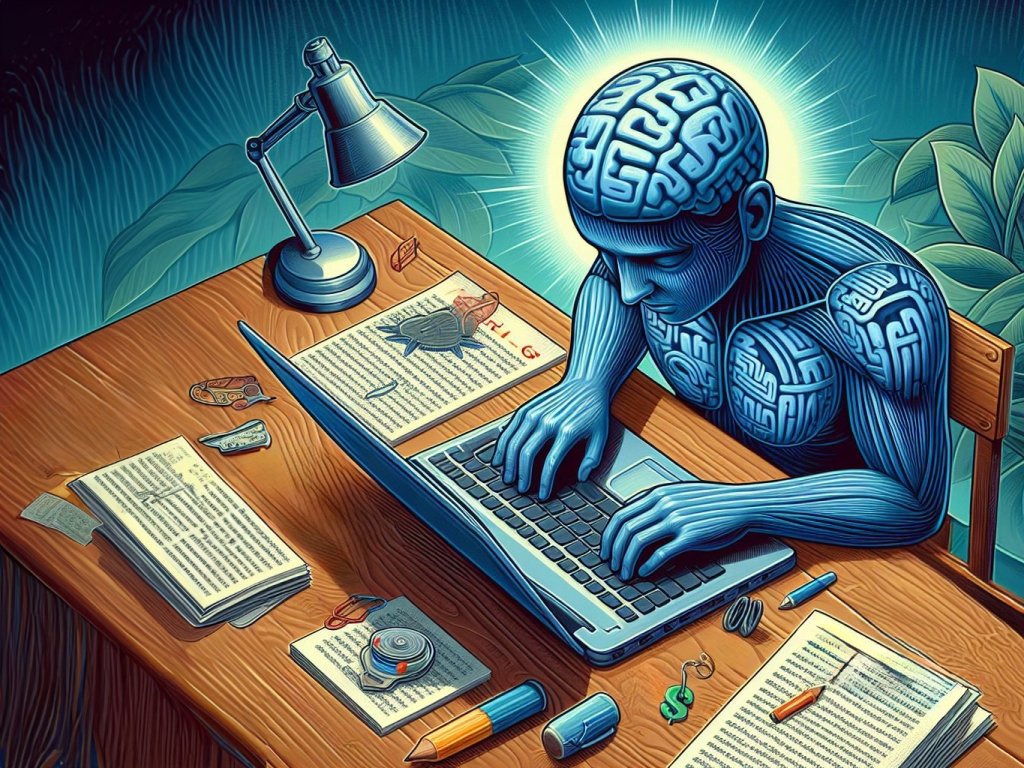
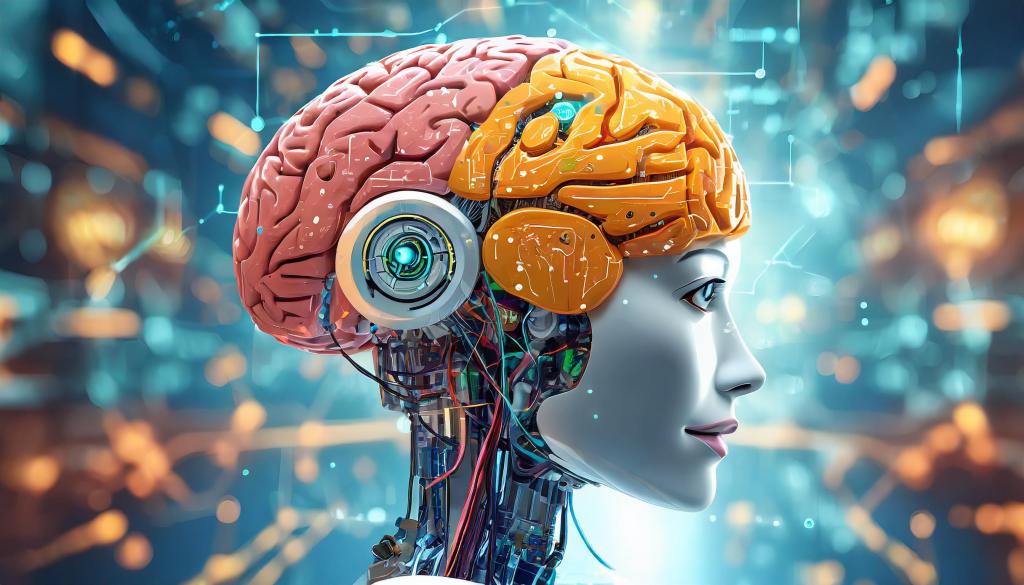
Deja un comentario